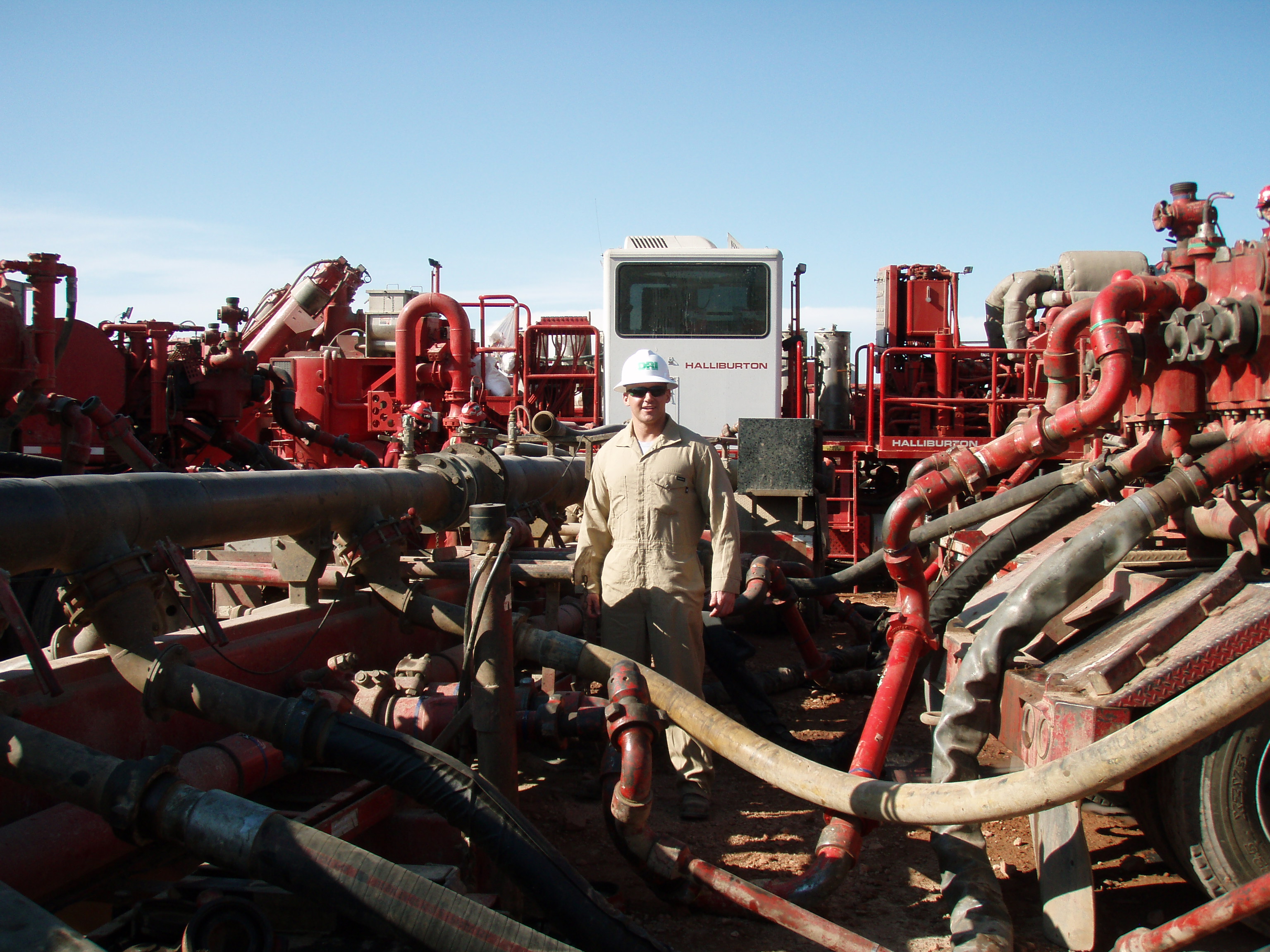Is natural gas contaminating your water? Multiple studies have detected harmful bacteria in Texas groundwater near extraction sites
12/18/2017 / By Jhoanna Robinson

Researchers at the University of Texas at Arlington have revealed in three new studies that some bacteria can live in water that has been contaminated with chemicals that are involved in natural gas extraction.
“Our latest published research has revealed that harmful bacteria can be quite prevalent in Texas groundwater, especially waters that contain various chemical contaminants,” says UTA’s Collaborative Laboratories for Environmental Analysis and Remediation (CLEAR) lab director Kevin Schug, who is also the Shimadzu Distinguished Professor of Analytical Chemistry.
Two of the studies, which have been published in the Science of the Total Environment, centers on identifying microbial communities in the groundwater overlying the Barnett Shale and Eagle Ford Shale formations. The studies, which are titled “Characterization of bacterial diversity in contaminated groundwater using matrix-assisted laser desoption/ionization time-of-flight mass spectometry” and “Exploring the links between groundwater qualityand bacterial communities near oil and gas extraction sites” show that pathogenic bacteria can live in contaminated conditions, and that they are resistant to antibiotics and disinfection methods like chlorination.
Pseudomonas aeruginosa and Aeromonas hydrophila were the most common bacteria found, whereas the Bacillus cereus group was discovered to be immune to chlorination. (Related: Shock discovery: Bacteria found in public water comes from the treatment filters, not from the water source.)
A third study, which is titled “MALDI-TOF MS for the identification of cultivable organic-degrading bacteria in contaminated groundwater near unconventional natural gas extraction sites” that was published in the journal Microorganisms, describes two unique species of bacteria, Pseudomonas stutzeri and Acinetobacter haemolyticus, that could be used for the treatment of groundwaters that are contaminated with chemical solvents.
The studies are relevant to the times since residents living near gas drilling sites have complained of acquiring skin rashes and gastrointestinal issues.
“People were complaining of skin rashes and trouble breathing. That made us think there might be something else at play here,” says Schug, noting that naturally occurring natural gas agriculture waste, or a combination of the two, could be the contamination sources.
Amid protests from anti-fracking activists, an Environmental Protection Agency study has stated that the industry hadn’t caused widespread water contamination. However, media reports have shown that the waste that results from fracking have been linked to scattered cases of water pollution.
The oil and gas industry remains adamant that it is beholden to its aim of doing business while not harming the environment. “Oil and gas companies are committed to protecting groundwater,” Texas Oil & Gas Association president Todd Staples says, noting that drillers use multiple layers of steel and concrete to prevent contamination.
Schug says that while state regulators do look out for bacteria in groundwater, they should work extra hard in monitoring this kind of contamination. He expresses the need for this kind of contamination to be cleaned up. “In these cases, certainly for [the] presence of some of these bacteria, which are pathogenic, it’s gotta go.”
“As we’ve been involved more in conversations with oil and gas operators and even other industries looking to recycle waste water, you hear more and more concern about how microbes are interacting with those systems,” Schug adds.
For more stories concerning the state of your water supply, visit WaterFilters.news.
Sources include:
Tagged Under: bacteria, clean water, fracking, groundwater, natural gas, Oil and gas industry, oil drilling sites, Water contamination

















